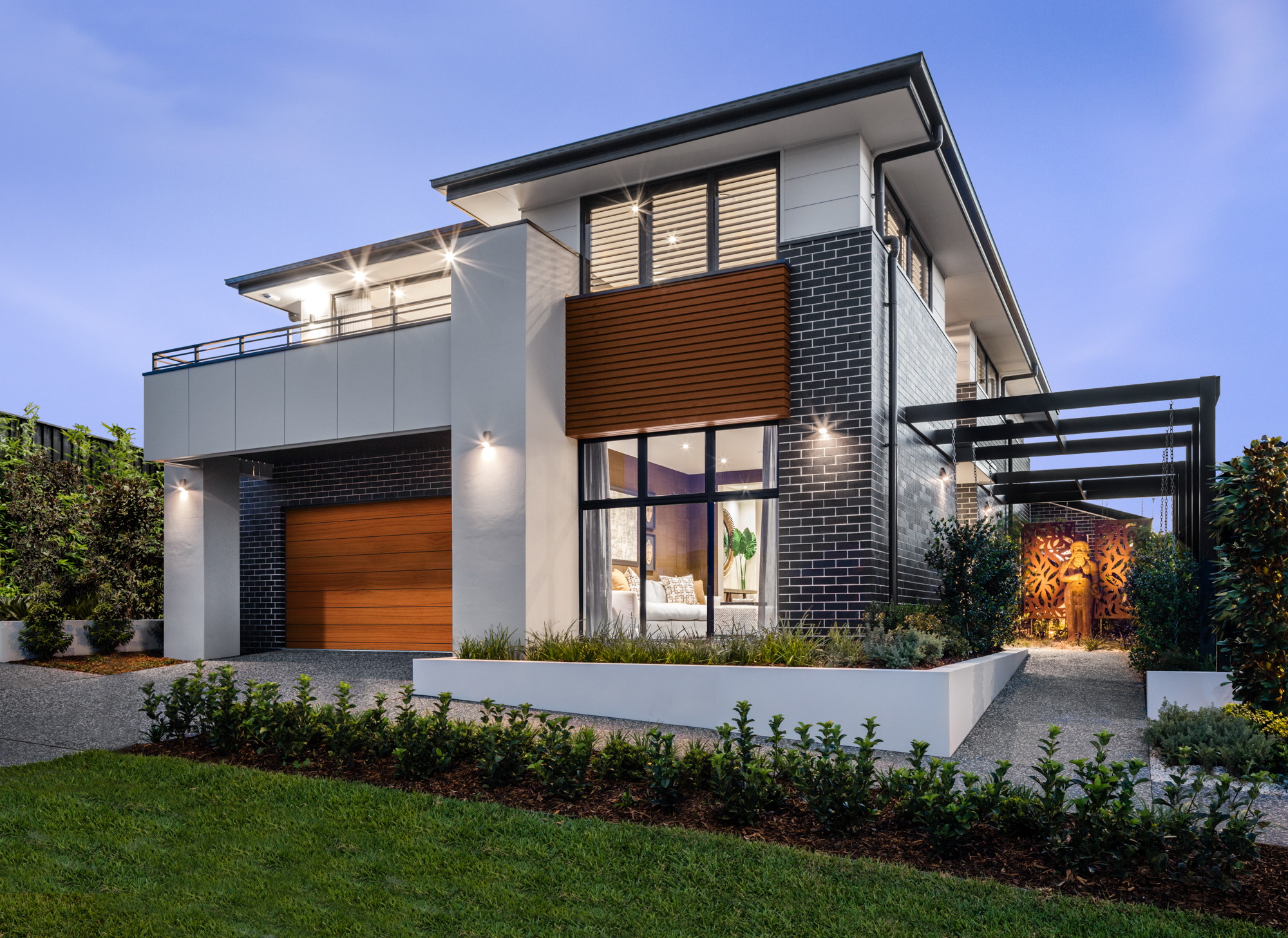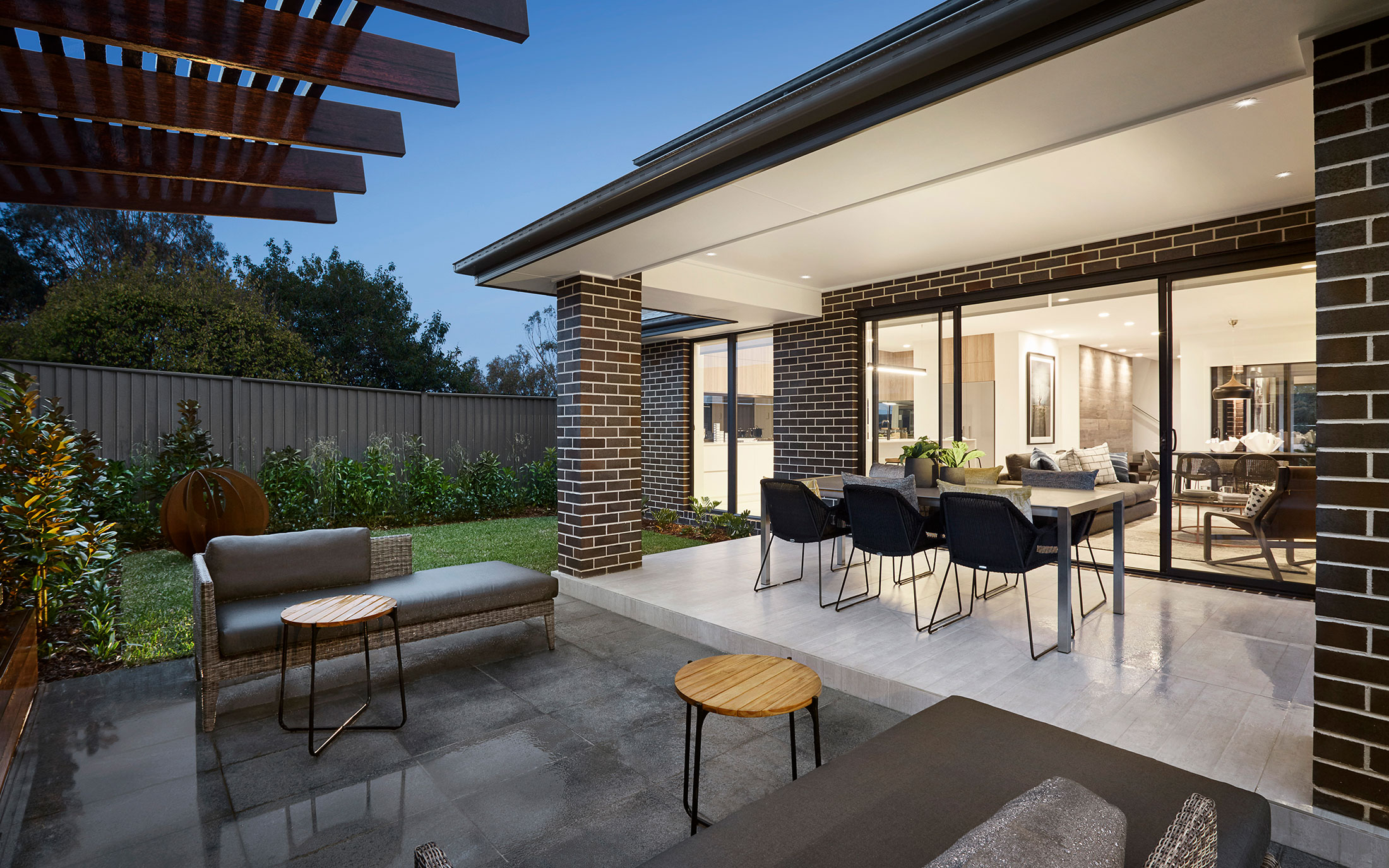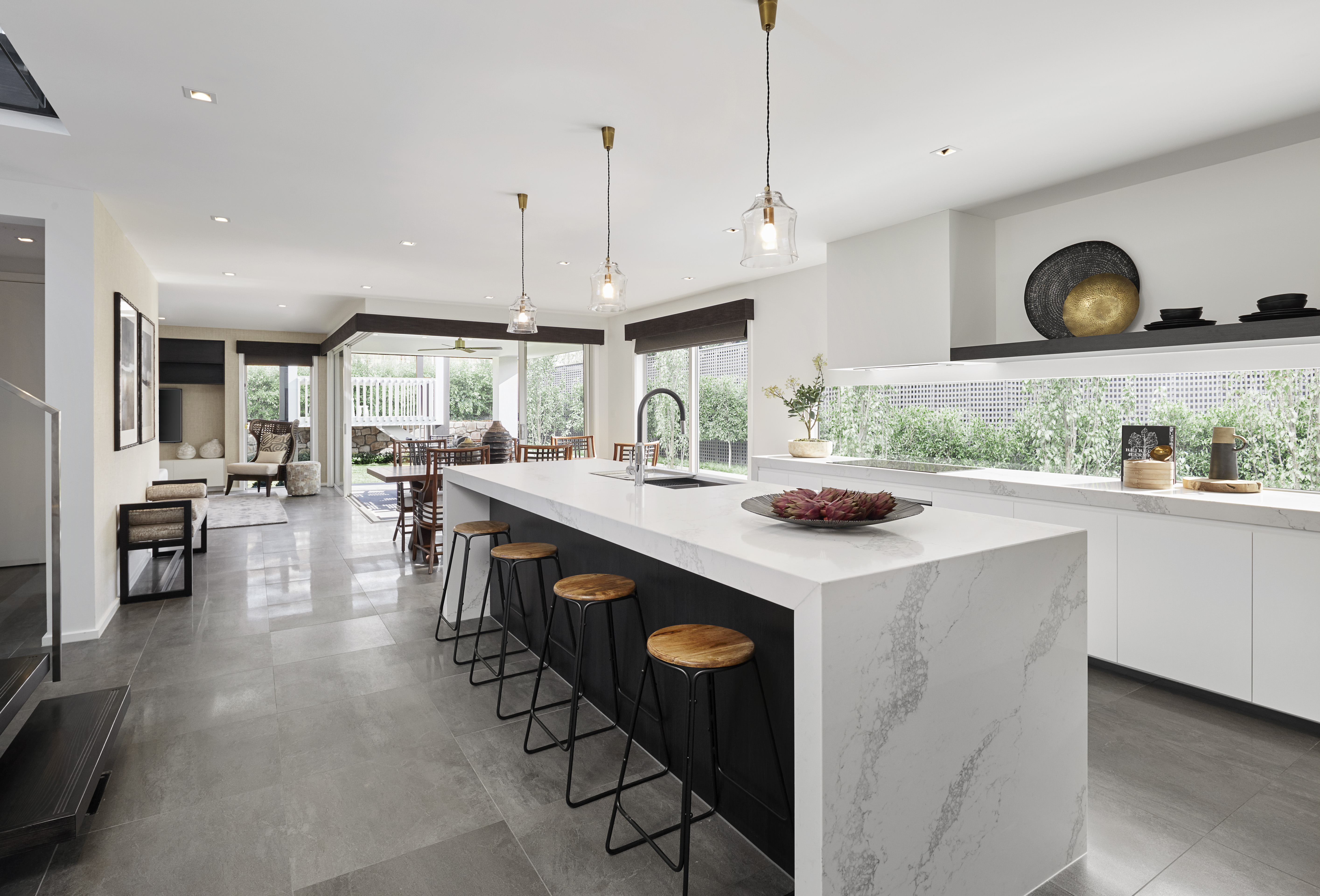The home building process
How long does it take to demolish a house?
Knocking down an old house then using that land for building a new home, known in the building industry as a ‘Knockdown Rebuild’ or just KDR, is a great option for those in the market for their dream home.
It’s easy to focus on the ‘rebuild’, as this half of the project is where all the fun happens of choosing your ideal facade, floor plan and fittings. For most people, the ‘knockdown’ half of the project is less appealing. After all, this stage is to do with the house you don’t want and, let’s face it, involves a whole lot of rubble and dirt.
Are you new to the idea of knockdown rebuild?
We invite you to also read:
So, in this article, we’re going to focus fully on demolishing a house so that you can be more across what’s involved, including how long it might take.
We’ll get into the fine details below but a quick summary is that there are two answers to the question of ‘How long does it take to demolish a house’.
The first is just about the actual demolition, once all the plans and practicalities are in place. The answer? Between 2 days to 2 weeks.
Why such a range? That’s because the demolition time will vary depending on the size and complexity of the building, including any external structures such as sheds, the permits and regulations that are in effect in your geographical area, and the degree of site preparation needed after to get the now empty block ready to build on.
The presence of any asbestos or other hazardous materials will prompt careful work from specialists using additional safety gear. And, of course, like for any project, the experience and efficiency of the company you choose to undertake the demolition will impact both the time and expense of your knockdown.
The second answer to ‘How long does it take to demo a house’ takes into account the entire project, all the way from the time when you’ve selected a demolition contractor and signed a contract, the contractor having availability plus all their assessment and planning in hand, and then the actual demolition plus full removal of materials. The answer to this question varies hugely but usually between 2 weeks and 2 months.
Let’s now look at all the factors that affect how long it takes to tear down a house in more detail.
The master bedroom of our Keough home design, on display in Box Hill.
Size and complexity of the house
It makes total sense that a bigger house will take longer to demolish than a smaller one. Older houses with lots of small rooms mean more walls to demolish than a very open-plan home. Demolition of an old house almost always includes other structures on the land, so the presence of sheds or other outdoor built areas will add time.
Another major factor is the materials the house is made from. Timber houses are generally less expensive and quicker to demolish than those constructed of brick, metal and concrete, partly as timber is easier to break up but also because brick and concrete are heavier materials, meaning the use of different machinery and more time to transport it off-site.
If you have the option to salvage and recycle or sell materials and parts from the old house (covering anything from timber, bricks and steel to glass and copper), this will take additional time due to the sorting and more specific transport required.
Hazardous materials such as asbestos will add extra time - see a section below for more detail about this if it’s applicable to you.
Size and complexity of the land
As you can imagine, there’s a big difference between knocking down a house that sits in the middle of a large, flat block of land in a suburban area, compared with the same house on a small, sloped lot in a crowded inner city area.
A knockdown will take longer on sites that are harder to access, located on busier roads or have significant slopes. The presence of trees will add extra time either for them to be removed (if allowed) or to work around and protect.
Permits and regulations
It’s essential to check regulations in your area before you even start to consider a knockdown rebuild process, as some regions are covered by heritage overlays or other conditions that will derail your KDR project or mean you’ll have to modify your plans.
Once you’ve confirmed that you’re ok to go ahead, you need to allow time for all permits and approvals to be signed off by authorities (which is usually your local council). This can vary depending on their usual timeframes plus any delays due to the complexity of the project or seasonal workload variations.
The family bathroom of our Wilton home design, on display inHomeWorld Thornton.
Asbestos and hazardous material removal
Asbestos was a common building material throughout most of the 1900s, even as late as 1990. Asbestos, which is safe in its undisturbed form, becomes dangerous when it is punctured or broken in any way, meaning that it needs to be taken very seriously during any knockdown process.
Fortunately, the risks are well understood now and specialist removal techniques and expertise are widely available. However, removal needs to happen carefully and follow specific safety protocols, adding to the time a knockdown will take.
Asbestos isn’t the only hazardous material that affects demolition timelines. Lead paint, mouldy materials, mercury and batteries need to each be considered before an estimated timeline can be provided.
Other factors
Any work that happens outdoors is affected by weather. Safety of workers is of utmost importance, as is the integrity of the demolition.
While some demolition can happen regardless of the temperature or conditions, more extreme weather such as very heavy rain or extremely strong wind might push timelines back, both on the day and potentially until the ground is dry and firm enough again for machinery and trucks to move around.
Your choice of contractor
Not all demolition companies are equal in terms of the level of service they provide, nor their efficiency. A cheaper contractor might be faster because they cut corners but then leave you without a site that’s ready for building. Some contractors might promise speed in order to secure your business, yet not be able to deliver when the time comes.
When considering demolition of a house, we recommend you look for experience and evidence of efficiency. One way to help ensure expertise is to look for a company that manages both the knockdown and the rebuild halves of your knockdown rebuild process. That way, you know that your chosen builder is as invested as you are in the demolition process being thorough and timely.
The project management will then be centralised, allowing you to feel more in control. You’ll also be able to discuss costs and timelines for your entire project, allowing you to budget both your money and time all the way from ideas to move-in day.
Rawson Homes are knockdown rebuild specialists who can guide you through every step of the demolition and building process. Learn more about the knockdown rebuild process or download our guide. We look forward to hearing from you whenever you’re ready to talk about your dream home.
FAQs
What is the fastest way to demolish a house?
The fastest way to demolish a house is not necessarily the best way! You might picture a big crane with a wrecking ball that pulverises a house into dust but the reality is that this is neither the safest, nor most environmentally friendly way to demolish a house.
Why does demolition take so long?
Demolition starts with assessment of the types of materials in the house, including any potentially hazards like asbestos, or materials that can be recycled or salvaged. Then planning goes a long way to ensuring that demolition happens safely, efficiently and in a way that leaves the land ready for rebuilding.






